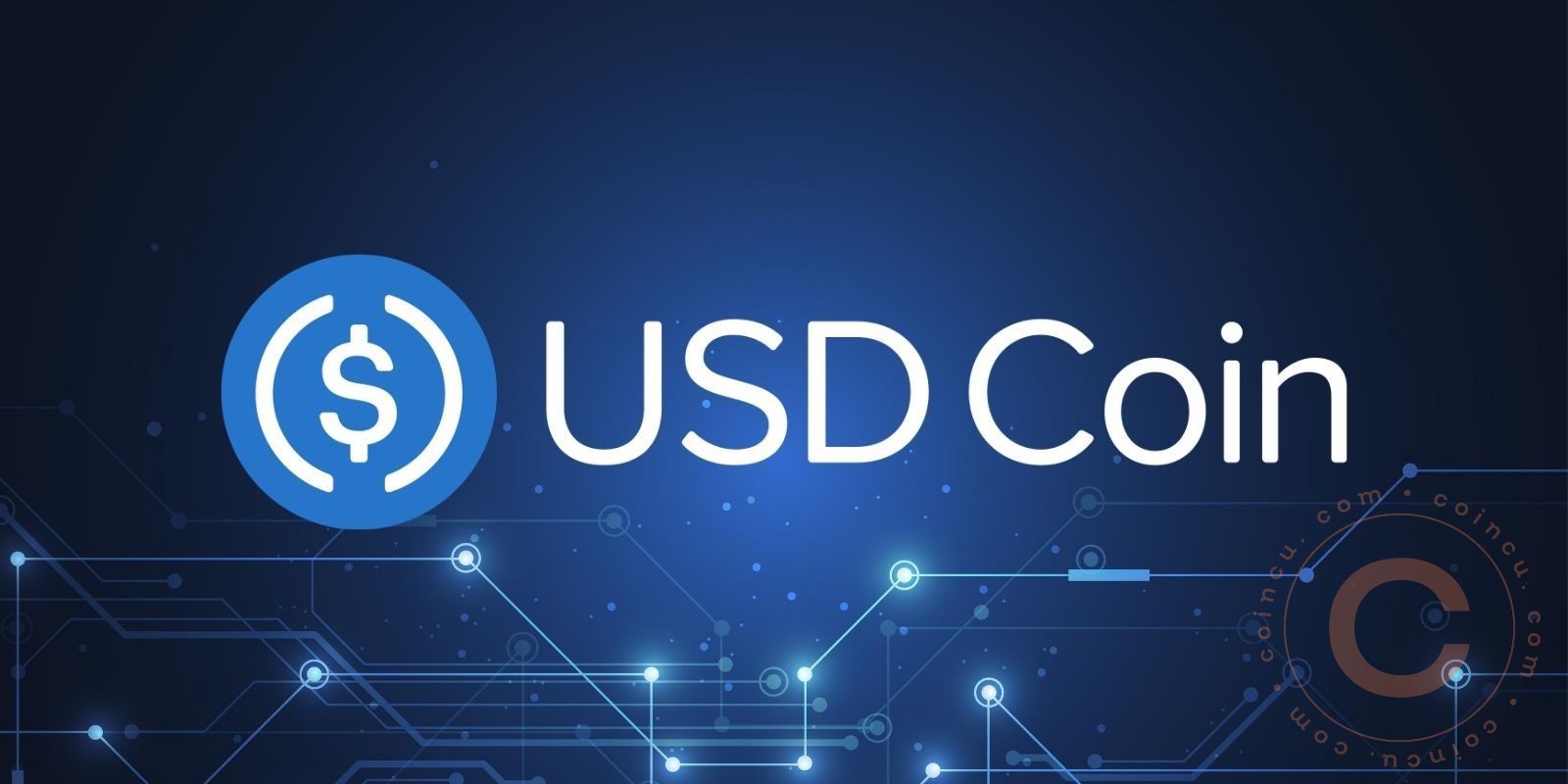Join Our Telegram channel to stay up to date on breaking news coverage
Circle CEO Jeremy Allaire has called out US regulators for USDC depleting market cap. The CEO blamed the recent regulatory crackdown on cryptocurrency for the stablecoin’s decline.
Jeremy Alliare’s statement comes amid heightened regulatory scrutiny and law enforcement actions against crypto firms and exchanges after the FTX fiasco. In an interview with Bloomberg, Allaire highlighted that concerns sprouted globally on the United States banking system and regulatory environment.
USDC Market Cap And Supply Dwindles
Several issues, including the US banking crisis, surround the depleting stablecoin market cap. In March, the second largest stablecoin by market cap, USDC, de-pegged momentarily due to the collapse of Silicon Valley Bank.
Notably, Circle deposited $3.3 billion of USDC reserves in Silicon Valley Bank and couldn’t extract the funds before regulators shut down the bank. Even though Circle had assured customers of supplementing the deficit with investors’ support, the news broke out rapidly, causing a run.
Several USDC holders quickly withdrew and liquidated their stablecoins holdings, leading to a brief de-peg. USDC has yet to recover from the impact as its market capitalization dropped by 36% from its $56 billion peak, per data from CoinMarketCap.
A recent report by Glassnode noted that the top four stablecoins’ market capitalization has declined by 23% from a peak of $161 billion. According to the report, UDC’s depleting circulation is the chief source of the problem. USDC’s supply dropped by over $20 billion, slashed in half, and currently stands at 30.69 billion USDC.
Stablecoins Suffer The Impact Of Regulators Actions
Meanwhile, US regulators have accelerated the pace in seeking a stronger hold on the cryptocurrency market. The SEC and other US regulators embarked on a spree of enforcement actions lately, lodging complaints and lawsuits against firms and individuals in crypto.
BUSD, USDC’s close competitor in the stablecoin market, is suffering the impact of the New York regulator’s enforcement action against its issuer, Paxos. In February, the New York Department of Financial Services ordered Paxos to stop issuing Binance USD (BUSD) stablecoins.
The regulator cited unresolved issues relating to Paxos’ relationship with Binance as the reason for the enforcement action against BUSD minting. That wasn’t all. Paxos came under pressure from the US Securities and Exchanges Commission (SEC). The watchdog issued a Wells notice, threatening to sue the company over investor protection laws violations.
BUSD is the third-largest stablecoin by market capitalization, closing tailing behind USDC after Tether (USDT). The stablecoin experienced severe backlashes after the news broke out as investors scrammed to liquidate their BUSD holdings.
BUSD’s supply has depleted since Paxos quit issuing new coins. According to reports, BUSD’s circulating supply has reduced by $11 billion from its peaks. The stablecoins currently have a total circulating supply of ~6.35 billion BUSD, per CoinMarketCap data.
Regulatory Uncertainty In The US Threatens the Existence of USDC Crypto Firms
Alliare’s comment follows a previous statement by Coinbase warning that lack of clear legislation may force crypto firms out of the US. The crypto firm has already revealed plans to set up a trading platform outside the US for its institutional customers.
The Circle chief believes the US will lag in crypto adoption as other regions release clear regulatory outlines for cryptocurrencies. The European Parliament has already passed its Markets in Crypto-Assets Act (MiCA), which would introduce a comprehensive regulatory pathway for crypto in the region. Alliare calls on the United States Congress to step up its efforts on creating a legislative framework for cryptocurrencies.
The Securities and Exchanges Commission has threatened enforcement action against several crypto firms. Among these is Coinbase, which received a Wells notice of an impending lawsuit from the regulator over possible securities law violation.
These issues could emanate from a clash of interest as the SEC seeks to tighten the reins on crypto firms and protect consumers. Meanwhile, crypto firms complain about a lack of regulatory framework and guidelines, noting the regulator should seek clear legislation from Congress before fighting.
Coinbase reacted to the recent SEC’s Wells notice via a blog post by its chief legal officer, Paul Grewal. In the blog articles, Coinbase voiced its disappointment over the Wells notice from the SEC, having pressed the regulator severally for crypto regulatory guidelines.
Grewal noted that the regulatory uncertainty in the crypto industry is getting worse. He lamented the SEC’s constant enforcement action without developing a regulatory framework for crypto firms to follow.
The attorney cited ongoing litigation between the SEC and Voyager, where the SEC objected to Binance’s acquisition of the crypto firm.
Heightened Call on USDC Stablecoin Regulatory Clarity
Top players in the cryptocurrency industry have continued to call for regulatory clarity for crypto assets. While in a discussion hosted on CNBC’s television program called Last Call, the CEO of the Chamber of Digital Commerce, Perianne Boring, commented on crypto regulation. According to Boring’s statement, crypto needs regulatory clarity.
Stablecoin regulation is probably the most controversial topic in the crypto industry, as central banks raise concerns over its impact on fiat currencies. Alliare’s statement comes as the House of Financial Services Committee releases a new draft of stablecoin legislation.
According to a CNBC report, Republicans on House Financial Services Committee released the new stablecoin legislation draft on Monday, April 24.
The bill focuses on state regulators and stablecoin issuers. It envisions a broader role in the stablecoin market for state regulators, even though many states lack a stablecoin regulatory framework.
Join Our Telegram channel to stay up to date on breaking news coverage


